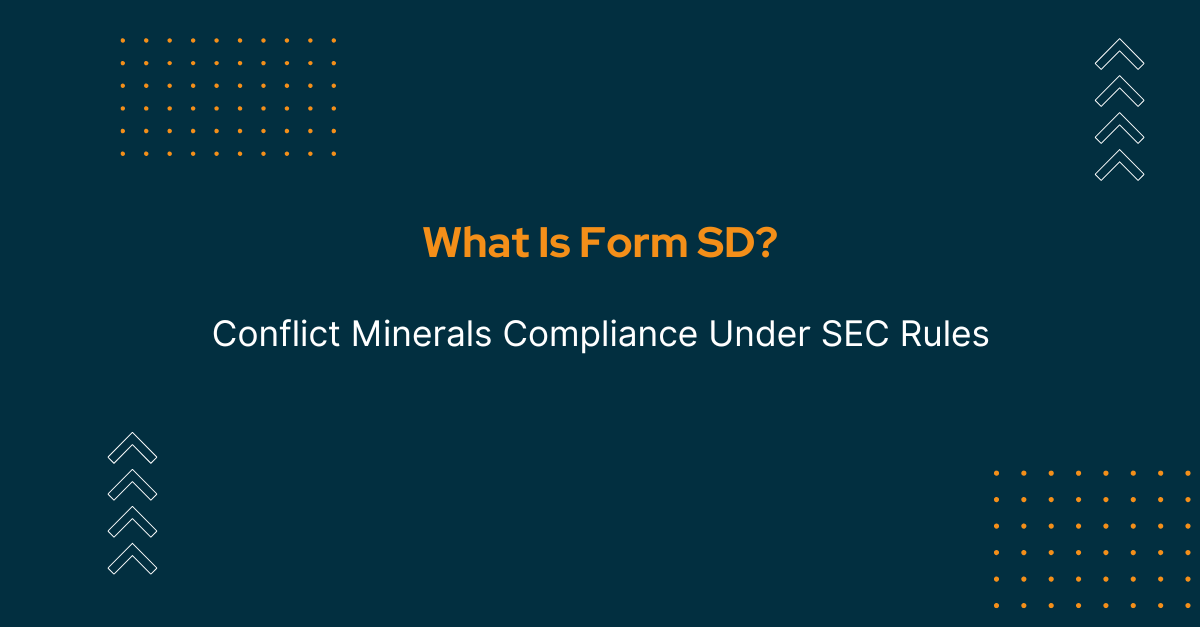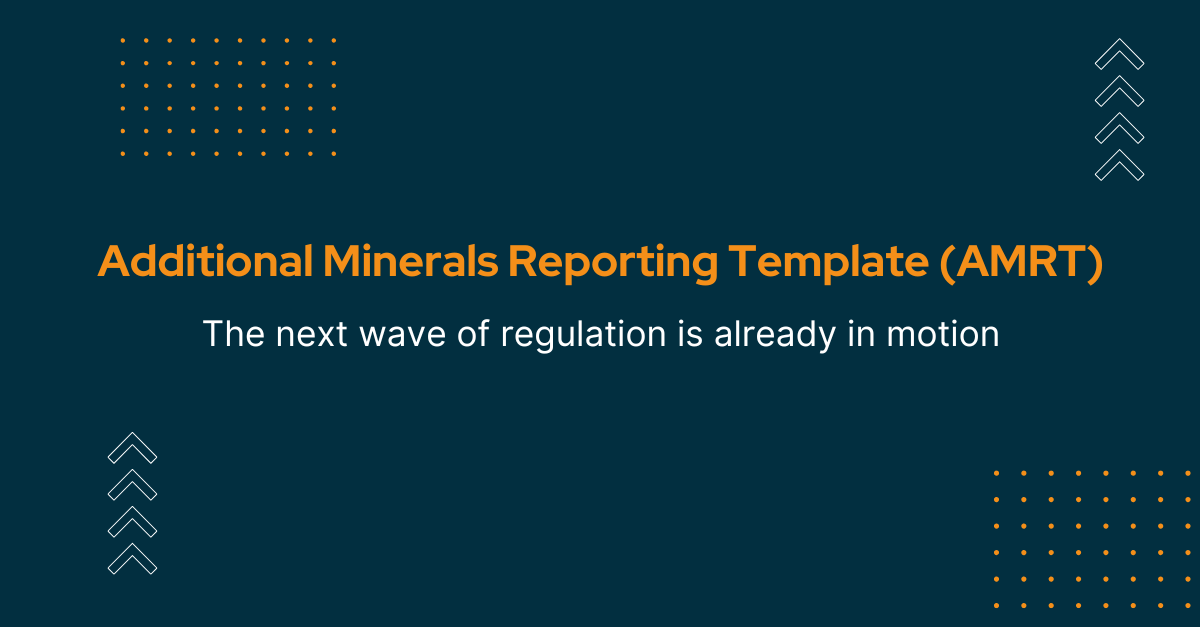Table of Contents
Beyond Conflict Minerals: Understanding the Importance of EMRT in Ethical Cobalt and Mica Sourcing
The Extended Minerals Reporting Template (EMRT) is a game-changer for companies seeking to mitigate risk in their cobalt and mica supply chains. Developed by the Responsible Minerals Initiative (RMI), the EMRT provides a standardized questionnaire to gather and disclose information about the country of origin of minerals, refiners, and processors, and other key supply chain data. The EMRT is aligned with the Organization for Economic Co-operation and Development (OECD) Due Diligence Guidance, making it a vital tool for companies to conduct due diligence and identify and mitigate risks in their supply chains.
The EMRT is especially important given the issues surrounding cobalt and mica mining. With a high demand for these minerals, unethical sourcing practices and labor abuses are commonplace. Cobalt, a vital component in electronics and superalloy metals, is mostly mined in the Democratic Republic of Congo (DRC), where small-scale mines often use dangerous manual extraction techniques, and profits are used to fund armed groups. Mica, used in paints, automobile parts, electronics, and cosmetics, is mined in over 35 countries, with India and Madagascar being the two largest sources. Unfortunately, mica mining is associated with labor abuses and unsafe working conditions, especially for women and children.
The EMRT's coverage extends beyond the Conflict Minerals Reporting Template (CMRT), which is designed to collect refiner and processor information to fulfill regulatory 3TG reporting requirements. Unlike the CMRT, the EMRT is a voluntary initiative, allowing downstream companies to disclose their due diligence efforts in their annual reports and/or on their website. The EMRT offers a comprehensive solution to mitigate risks in cobalt and mica supply chains, making it a vital tool for companies committed to ethical sourcing.
What is the purpose of the EMRT?
The purpose of the EMRT is to provide downstream companies with a template for gathering and disclosing information about their supply chains to mitigate risk. Downstream companies are considered companies from the end user up to but not including the refiner or processor. The EMRT guides downstream companies throughout the due diligence process, which includes determining the mineral country of origin, identifying utilized refiners and processors, simplifying downstream suppliers’ surveys, identifying and mitigating risk, and disclosing reporting results to upstream stakeholders.
How does the EMRT collect information?
To collect this information, the EMRT provides a questionnaire for downstream companies to send to their supply chain partners. Questions include:
- Is cobalt or mica used in the production process?
- Does the final product contain cobalt or mica?
- Are refiners or processors sourcing from CAHRAs (Conflict-Affected and High-Risk Areas)?
- Is cobalt or mica in the product/production process sourced from recycled or scrapped items?
Additionally, the EMRT includes a list of identified cobalt refiners and mica processors (and aliases) that organizations can compare against their own.
Identifying and Mitigating Risk in Mica & Cobalt Supply Chain using EMRT
Downstream companies can utilize the smelter data collected from their supply chain partners to detect any potential risks associated with their cobalt and mica sourcing. In order to assess the risks of human rights violations, environmental damage, and health and safety hazards in the supply chain, the RMI maintains a Mica and Cobalt Smelter and Refiner List. This list comprises the names, locations, and links to supply chain policies of all the mica processors that comply with the Responsible Minerals Assurance Process (RMAP) standards. Additionally, the active list includes the names of mica processors that are presently involved in the RMAP audit process but are yet to receive conformance determination.
Consolidating EMRT Response & Disclosing Reporting Results to Upstream Stakeholders
Once the data has been collected and the risks have been assessed, downstream companies can disclose their findings to upstream stakeholders, including smelters, refineries, and processors. This information can help upstream stakeholders identify areas for improvement in their own due diligence efforts and can also promote transparency and accountability throughout the supply chain.
Conclusion
The development of the Extended Minerals Reporting Template (EMRT) is an important step towards promoting responsible sourcing of cobalt and mica. By providing a standardized template for gathering and disclosing information about supply chains, the EMRT helps downstream companies identify and mitigate risks associated with these minerals. The EMRT also promotes transparency and accountability throughout the supply chain by enabling downstream companies to share their findings with upstream stakeholders. However, more work needs to be done to address the ethical and environmental challenges associated with cobalt and mica mining and to ensure that all stakeholders in the supply chain are held accountable for responsible sourcing practices.



